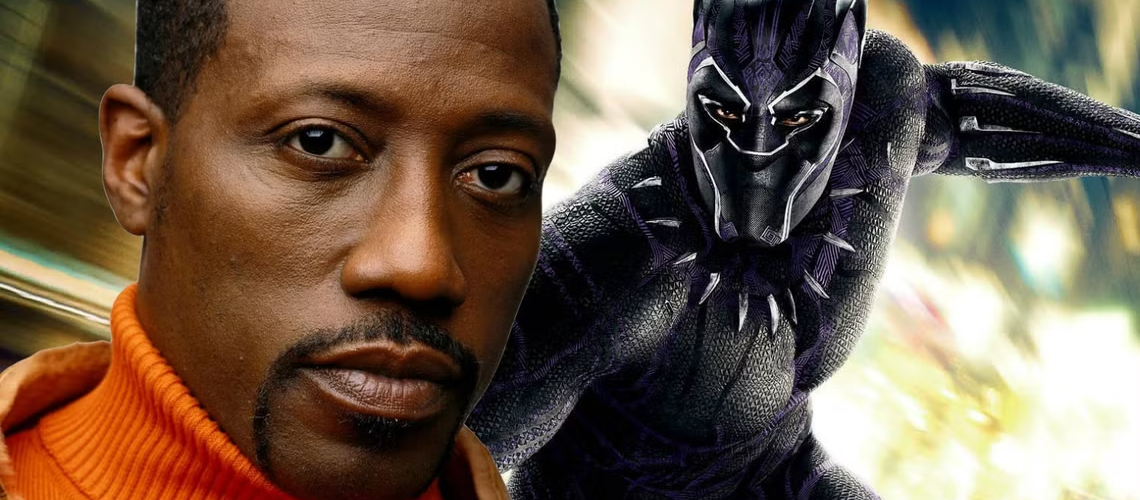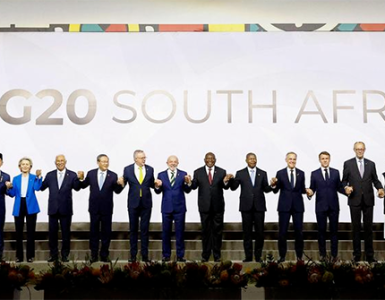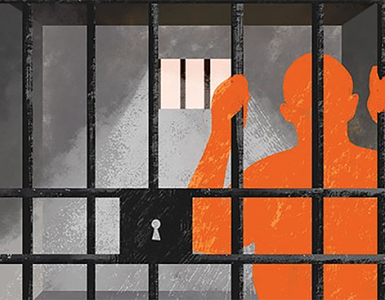VIOLENCE: Study finds all types of movies contain more violence over the past 50 years…
COLUMBUS, Ohio – The amount of murdering and killing in movies has increased overall over the past 50 years, according to a new study that analysed a massive database of film dialogue.
Researchers used machine learning to search a database of subtitles from more than 160 000 English-language movies produced from 1970 to 2000. They calculated the amount of dialogue from characters using variations of the words “murder” or “kill” in each of the films.
While the total use of these “murderous verbs” varied widely from year to year, there was a clear increasing trend over the five-decade period, said Brad Bushman, corresponding author of the study and professor of communication at The Ohio State University.
And not just in crime movies, where violence might be expected.
“Characters in non-crime movies are also talking more about killing and murdering today than they did 50 years ago,” Bushman said.
“Not as much as characters in crime movies, and the increase hasn’t been as steep. But it is still happening. We found increases in violence cross all genres.”
The study was published on December 30 last year as a research letter in the journal JAMA Pediatrics.
Another notable finding was that violent language increased for both male and female characters, said Babak Fotouhi, lead researcher of the study and adjunct assistant research professor in the College of Information at the University of Maryland.
Women generally didn’t have as much violent dialogue as men, but they also did show increases over time.
“Our findings suggest that references to killing and murder in movie dialogue, not only occur far more frequently than in real life, but are also increasing over time,” Fotouhi said.
“This is more evidence that violence is a bigger part of the movies we watch than ever before.”
For the study, the researchers used movie subtitles from opensubtitles.org to extract dialogue referring to actions committed by characters in 166 534 movies.
The researchers computed the percentage of what they called murderous verbs – the number of verbs from the roots “kill” and “murder” – divided by the total number of verbs in the dialogue. They tracked changes year by year. Overall, about 7% of movies had murderous verbs in dialogue over the period surveyed.
The study counted only murderous verbs used in active construction (such as “She killed X.”). They didn’t count passive constructions (“He was killed by X.”) or negations (“She didn’t kill X.”) or questions (“Did she murder X?”).
“We designed this to be a conservative estimate,” Fotouhi said. “It is likely there was more violence in the movies than what we calculated in terms of the dialogue.”
One reason this can be considered a conservative estimate is the narrow focus of the study, said co-author Amir Tohidi, a postdoctoral researcher at the University of Pennsylvania.
“We focused exclusively on murderous verbs in our analysis to establish a lower bound in our reporting,” Tohidi said. “Including less extreme forms of violence would result in a higher overall count of violence. “
While other studies have shown increases in movie violence, the value of this analysis was the huge dataset, the researchers said. No other study has examined such a massive number of films.
What’s not clear is how long the trend of increasing violence will continue, Bushman said.
“The evidence suggests that it is highly unlikely we’ve reached a tipping point,” he said.
Added Fotouhi: “Movies are trying to compete for the audience’s attention and research shows that violence is one of the elements that most effectively hooks audiences.”
That means we need to promote “mindful consumption and media literacy to protect vulnerable populations, especially children,” the researchers wrote in the study.
Rouzbeh Touserkani of the Institute for Research in Fundamental Sciences in Tehran, Iran was also a co-author.





























